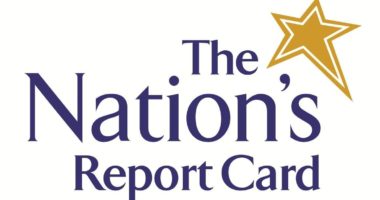Center for American Progress, The Education Trust urge strong teacher provisions for ESEA
WASHINGTON (February 23, 2011) Today, the Center for American Progress, or CAP, and The Education Trust released joint recommendations to strengthen the teacher provisions of the federal Elementary and Secondary Education Act, or ESEA.
The performance evaluation systems used in virtually every school system in the United States fail to differentiate between individual teachers who boost student learning and those who need to improve. As a result, the students who need the most from their teachers are far less likely to get the ones who can help them achieve at high levels.
CAP and The Education Trust agree that states and districts must dramatically revamp their policies on teacher evaluation and assignment. The pending reauthorization of ESEA offers Congress a real opportunity to repair the current system in order to unstack the deck against students from disadvantaged backgrounds.
If we are going to ensure that all students receive a rigorous K-12 education, we must get serious about accurate ways to evaluate teachers based on their performance in the classroom, said Cynthia Brown, vice president for education policy at CAP.
The proposal would require all school districts receiving federal funds for the improvement of teacher quality to include student achievement data as an element of their teacher evaluation systems by the 2016-17 school year. Until those new evaluation systems are in place, districts and states must use available indicators of teacher quality to ensure that all students have access to strong teachers.
We have to change evaluation systems and get those systems right. That will take time for the states and districts that have not yet started this critical work, said Kati Haycock, president of The Education Trust. But low-income and minority students who too often get the teachers least able to help them succeed cant afford to wait for new systems to be scaled up and refined.
Teacher Quality Index
The joint recommendations call for states to continue collecting and reporting measures of teacher quality based on indicators in current law: percentage of teachers beyond their first year of teaching, percentage of course sections taught by in-field secondary teachers, and the percentage of certified teachers. To make this information actionable, states should create a Teacher Quality Index to help measure progress on these measures both within and across school districts.
New evaluation systems
The index, however, is an interim measure. That is why the joint recommendations also call for each state to develop statewide criteria for evaluations that districts will use to inform critical human resources decisions, including tenure, compensation, professional development, teacher assignment patterns, and dismissal.
The criteria should include:
- A statewide method for measuring teacher impact on student growth in tested subjects and grades as a substantial part of a teachers evaluation;
- Statewide guidelines for districtwide measures of student growth for teachers in nontested subjects and grades;
- Multiple classroom observations per year, both announced and unannounced; and
- At least four levels of teacher performance.
Accountability for equitable access to strong teachers
Congress must hold states and districts accountable for ensuring that students of color and low-income students have equitable access to strong teachers. The organizations also propose a series of incentives and sanctions that will help states identify inequities and take the actions necessary to correct them, including the withholding of federal funds for teacher training and development.
# # #






